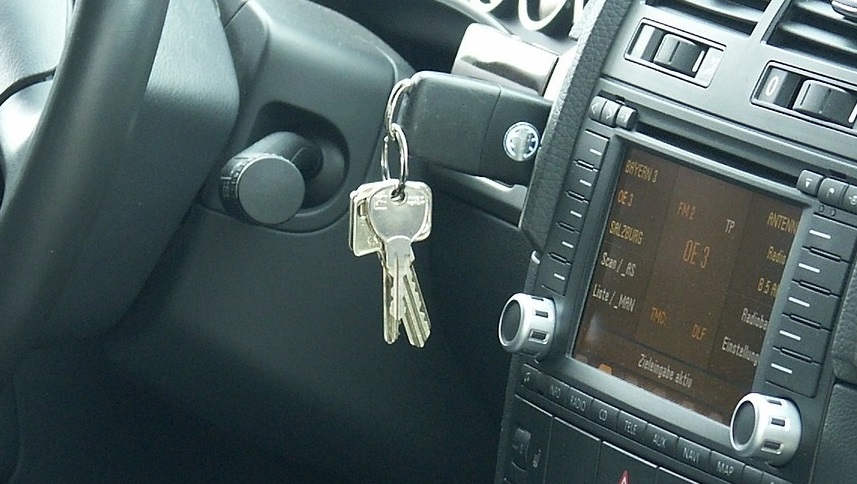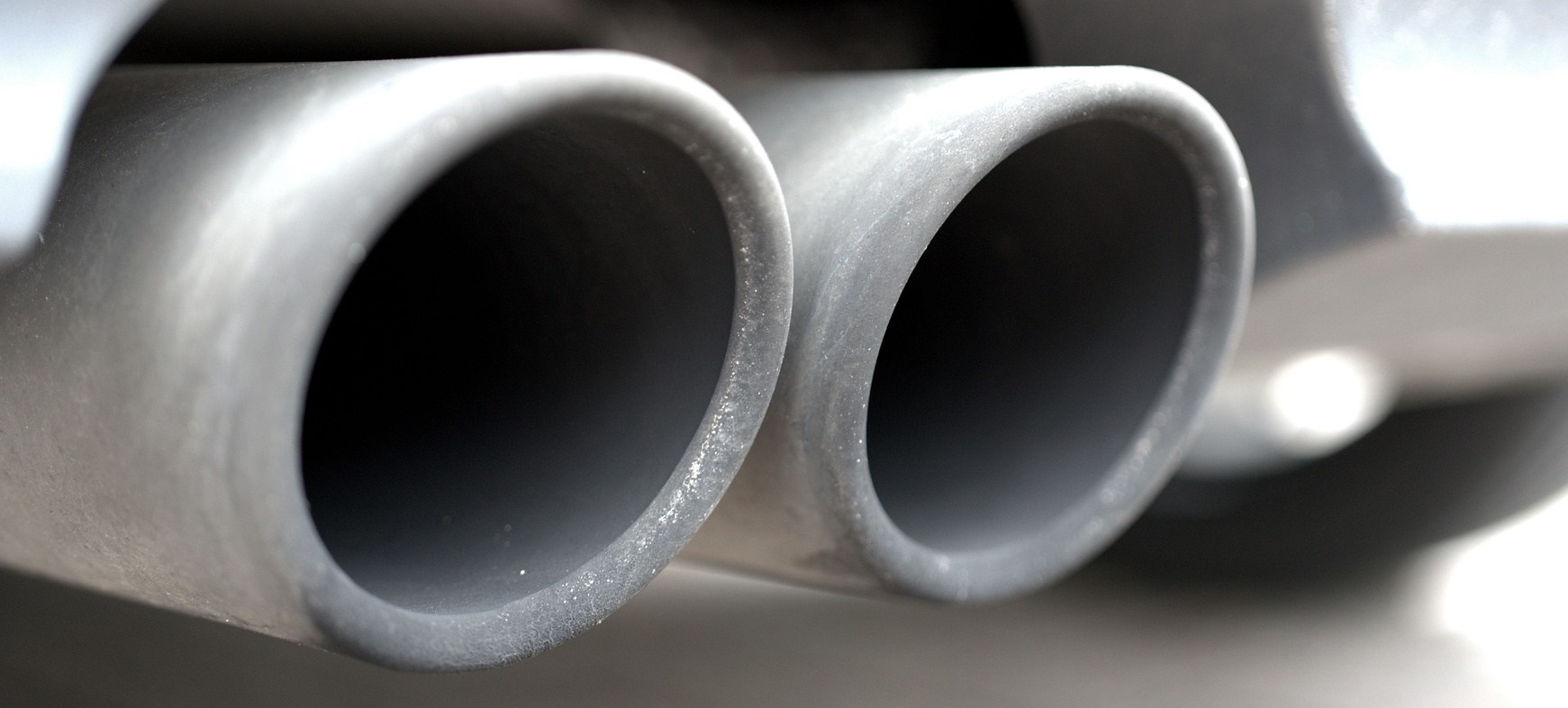August 10, 2021 – The benefits of active transportation are both local and global. The personal benefits to students are obvious — but the community as a whole also benefits when we decide to cut the commute short.
As soon as we turn the key in the ignition, we release a plethora of dangerous chemicals; the more of them in the air, the more dangerous they become. Taking your car off the road, even for a fraction of the journey, has immediate and significant benefits.

Let’s take a look at the exhaust our cars produce.
Nitrogen oxides and sulfur oxides (NOx and SOx) are produced by combustion engines. These compounds react with water to produce volatile acids.
Nitrogen oxides damage the cells of plants, and sulfur oxides irritate the mucous membrane in our throats and lungs. They also cause acid rain and acidify waterways, killing fish that are never even exposed to them directly.
Particulate matter, also called soot, darkens the sky and smothers plants, further impeding photosynthesis. These compounds cause the air to grow stale and plants to wither.
Soot is also a carcinogen, as are the benzene and formaldehyde produced by your car’s exhaust.

Car exhaust releases carbon monoxide (CO) as well. CO is chemically similar to oxygen, and our lungs treat it the same way. But it doesn’t serve the same function, and causes extreme difficulty in breathing.
Driving, in short, produces a toxic cocktail — one that disrupts the food web by causing plants to wither and animals to develop cancer, ad that makes it harder for us to breathe.
Now, let’s compare active transportation.
It’s not accurate to say that active transportation produces zero harmful compounds. Respiration, just like combustion, naturally generates the greenhouse gases (GHG) such as carbon dioxide CO2 that are linked to climate change.
Automobile transportation produces GHGs by burning fossil fuels. But active transportation produces them too. Exercise increases the amount of energy we burn, which means that we produce more greenhouse emissions by walking or biking than we do when resting.

The big difference between automobile and active transportation is the sheer volume of greenhouse gases generated. Automobile transportation is responsible for approximately 18% of all of Canada’s GHG emissions. Active transportation produces just one-tenth that amount.
And the more we use active transportation, the greater its impact. Removing car exhaust improves air quality, making breathing easier. As our breathing and movement become more efficient, we burn less energy, meaning we produce less CO2.
Even if your journey is too long to cover all the way on bicycle or on foot, you can still make a difference. Instead of driving all the way to school, what if we dropped off our kids five minutes away?
School transportation services call this initiative a “Drive to 5.” If the drive to school is reduced to 20 minutes, we cut a quarter of the emissions; if the drive is 10 minutes, we cut half; if it’s less than five minutes, we eliminate the entire contribution.

This greatly improves the air quality for everyone in our locale — and all the while the next generation learns about their local environment, gets some exercise, and gets better prepared for a day of learning.
What do you think? How much are you and your kids able to reduce your drive? What obstacles are there? Next time, we will discus those barriers, and how to overcome them.
